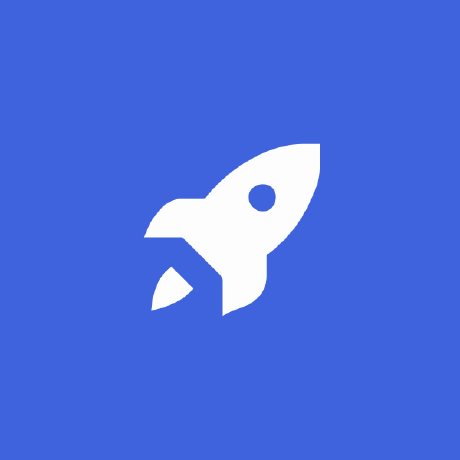Discover and explore top open-source AI tools and projects—updated daily.
SmartCharts by  JohnYan2017
JohnYan2017
Data visualization platform for dashboards, mobile reports, and data middleware
Top 47.4% on SourcePulse
SmartCharts is a low-code data visualization and dashboard development platform designed for technical users. It aims to simplify and accelerate the creation of interactive web applications, large-screen displays, and mobile reports by providing a highly customizable, full-stack solution that integrates data connection, visualization, and deployment.
How It Works
SmartCharts employs a "building block" drag-and-drop development model, allowing users to connect to various databases and APIs. It leverages ECharts for visualization and supports features like data linking, filtering, and drilling down. The platform emphasizes a "what you see is what you get" (WYSIWYG) approach for development, aiming for high customizability and performance through features like memory acceleration and data caching.
Quick Start & Requirements
- Installation typically involves running
pip install smartchartsor using Docker. - Requires Python and a supported database. Specific version requirements are not explicitly stated but recent activity suggests compatibility with modern Python versions.
- Refer to the SmartChart入门文档入口 for detailed setup and usage.
Highlighted Details
- Supports integration with large language models like DeepSeek, ChatGPT, and Wenxin Yiyan for AI-driven report generation.
- Offers a low-code approach for developing data services and CRUD operations.
- Provides extensive customization options, including custom themes, graphics, and CSS within the development environment.
- Includes features for user/group permissions, row/field-level data security, and dashboard version control.
Maintenance & Community
- The project shows active development with frequent updates and feature additions, as evidenced by the extensive changelog.
- Community support is available via a QQ group (476715246, password: smartchart).
Licensing & Compatibility
- The README does not explicitly state a license. Given the open-source nature and community focus, it's likely permissive, but users should verify for commercial use.
- The platform is designed to be integrated into Django projects as a plugin and can also be used as a standalone platform.
Limitations & Caveats
- While targeting technical users, the extensive feature set and rapid development pace might introduce a learning curve. The README emphasizes "no repeated learning cost" but also "highly customizable," which can imply complexity.
3 weeks ago
Inactive

 holoviz
holoviz pracdata
pracdata chatbi
chatbi slashbase
slashbase AIDC-AI
AIDC-AI zwq2018
zwq2018 DeepInsight-AI
DeepInsight-AI microsoft
microsoft CodePhiliaX
CodePhiliaX dataease
dataease ToolJet
ToolJet run-llama
run-llama